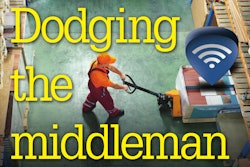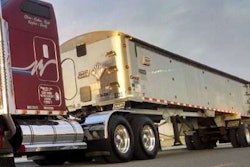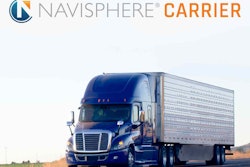The so-called “Uberization of trucking,” or the profusion of software to enable more automation in the load-matching process, speaking generally, has been a growing topic of discussion since Overdrive‘s coverage of the subject in the April 2015 issue. Last week at Truckstop.com’s Connected user conference, Stifel Research Director John Larkin named “digitalization” No. 2 in a list of 10 major factors that will likely influence freight transport in big ways in the coming years.
Partly echoing portions of Overdrive‘s coverage of the phenomenon, Larkin pointed to a central problem in the freight-matching landscape as it exists today for many new companies developing communications-tech platforms. Many such companies getting involved tend to see load matching “as a very simple problem, like the Uber problem,” he said.
But getting a truckload worth of freight on the truck of an authorized long-haul carrier and to its destination is pretty far away in general terms from finding a ride home across town. Tech start-ups are often “missing the complexity of most freight moves and will lose a lot in the translation because of that,” Larkin said.
The Wall Street Journal recently channeled the hype around the “disrupting” technologies in a story titled “Startups Accelerate Efforts to Reinvent Trucking Industry.” (You’ll need a WSJ subscription to read the full story at that link.) Who will be reinvented out of business by these technologies? Freight middlemen like brokers, the story notes, as is often assumed.
At once, what’s lost in much of the coverage of new startup entities is that most of them are positioning in the business as brokerages themselves, and Jason Cahill of Traansmission, one such tech entity that started its life just as a broker would — by going after shippers’ freight business — responded to the Wall Street Journal story with a counter-argument expressing sentiment similar to that of Larkin. His open letter response to the story noted he “used to be one of these start-ups trying to accelerate and reinvent the trucking industry.”

“What if they flew back through Germany and filled up?” he asked himself at the time, casting the problem as one of optimization of existing cargo space. After he got out of the army and got a degree in data network design, he recognized similar issues in trucking via his sister, who worked for a couple different trucking companies.










